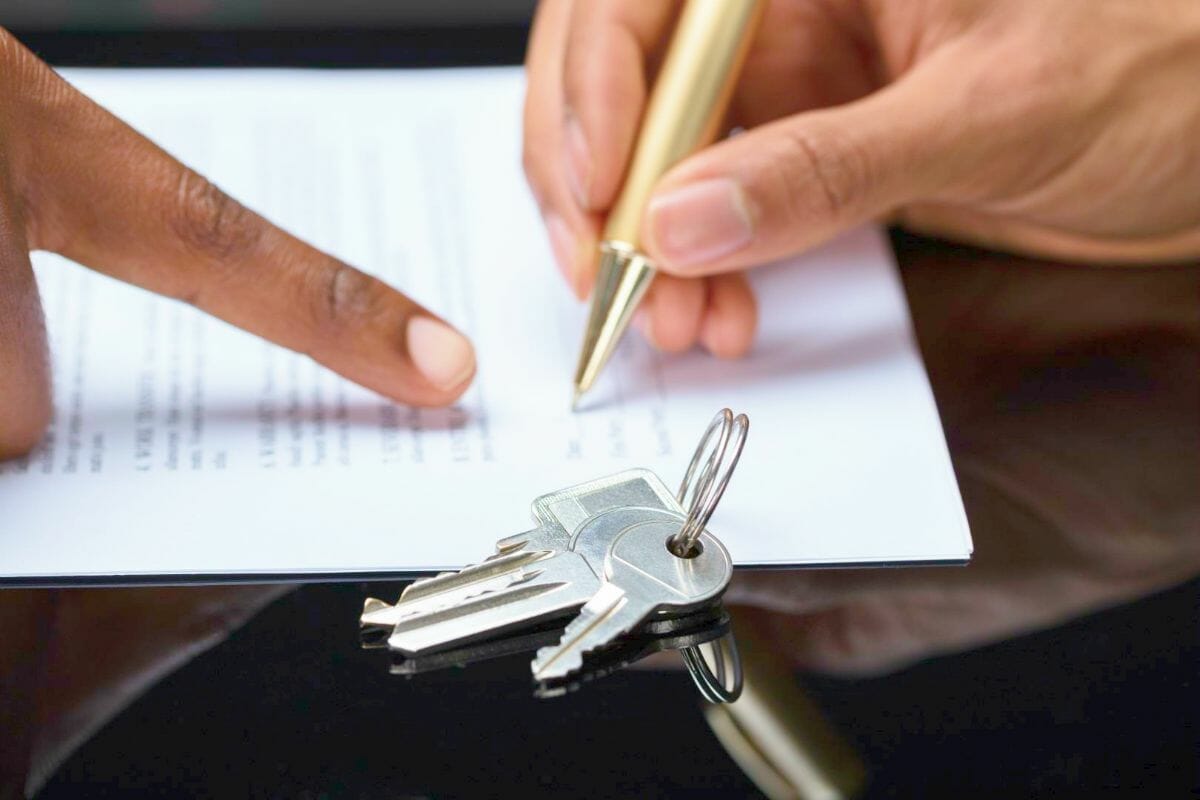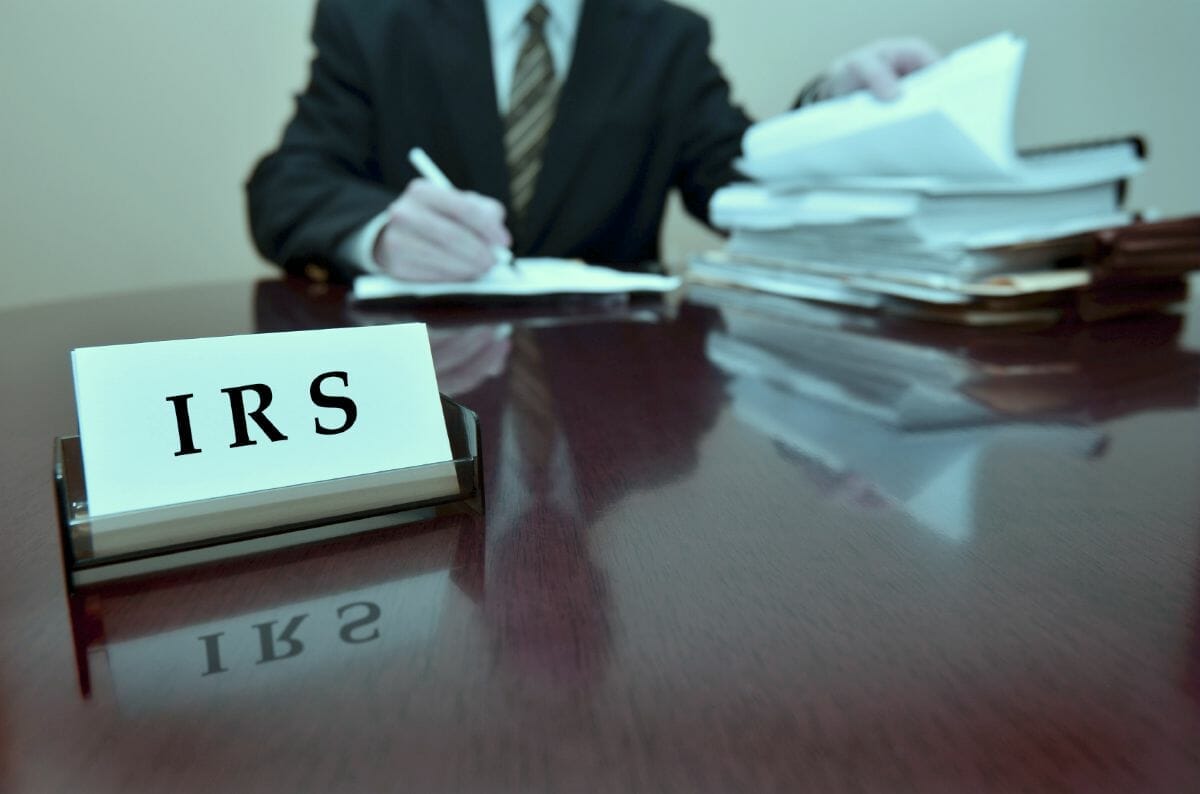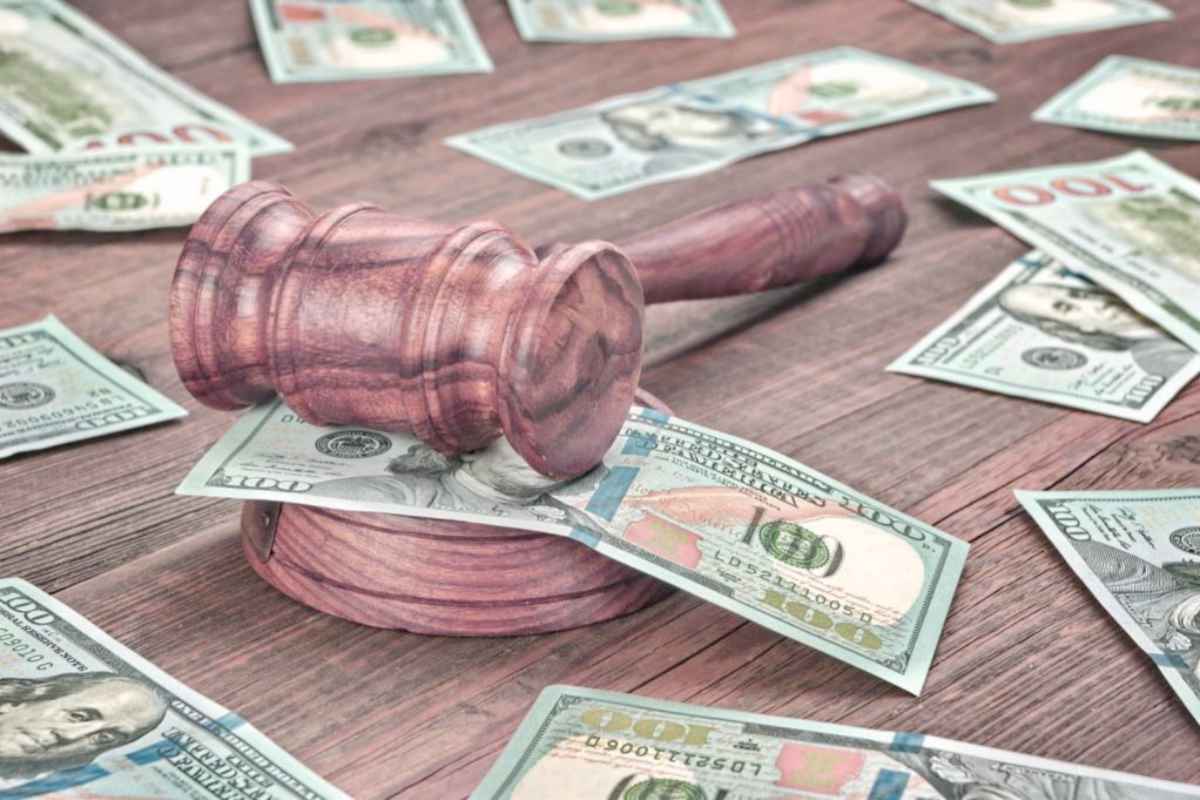A lien can be troublesome to deal with. Here is everything you need to know about some of the most common types of liens.
In this article:
Lien Types | What You Need to Know About Them
Lien definition: A lien is a claim a lender has on a collateral asset owned by a borrower. In cases where the borrower is unable to repay the loan, the lender can legally sell the asset.
Regardless of its basis, liens can cloud the title of your home, tie up your bank account, reduce your paycheck, or interfere with the sale of a property. In some cases, it results in the sale of your property in order to satisfy the debt owed.
Consensual Liens
As the name suggests, consensual liens, otherwise known as voluntary liens, are liens that you willingly give to a creditor. They are often the result of a loan or an advance of credit that you take.
In consensual liens, you voluntarily agree to give lenders interest in your property. This interest serves as their security for the loan. Because of the assurance that the debtors will pay them through the consensual lien, creditors are more inclined to lend money.
A common example of this would be a lien placed on a property after a buyer takes out a loan to purchase it. Another example is the lien car dealers have on the units they finance for a buyer.
Consensual liens are further categorized into two: purchase-money and non-purchase-money liens.
1. Purchase-Money Liens
Purchase-money liens are liens placed on the property that a borrower is buying.
Examples of this type of consensual lien include the first mortgage on a home or other situations wherein the seller is the one financing the purchase of the property. Car loans are also usually classified under this type of consensual lien.
2. Non-Purchase-Money Liens
In a non-purchase-money lien, the collateral used for the loan is a property that the debtor already owns.
An example of this type of consensual lien is the second mortgage on a home. Another common example is when a borrower puts up previously owned office equipment as the collateral to a loan used to pay operating expenses.
Both purchase-money and non-purchase-money liens are often non-possessory. This means that the creditor does not take possession of the property used as collateral. However, it is possible for them to be possessory (the creditor takes possession of the collateral).
An example of this are loans taken from pawnbrokers. These types of loans create a possessory, non-purchase-money lien on the property put up as collateral.
The rules of consensual liens vary depending on where you live. In some cases, the law may declare that the creditor cannot simply seize certain property.
In these cases, it is best to speak to a local attorney.
Statutory Liens
Statutory liens are non-consensual liens granted by federal or state laws.
The property affected depends on what the lien attaches to, which gives the creditor secured interest. The creditor may then pursue the property or have it sold in order to satisfy the debt.
3. Federal Tax Liens
A federal tax lien is a type of lien that the local, state, or federal government places against a property for delinquent taxes. These taxes may either be estate, property, or income taxes.
Generally, federal and state laws grant liens on your property to taxing authorities such as the Internal Revenue Service (IRS) to settle unpaid taxes.
The different statutes that create those lien rights state the requirements for turning unpaid taxes into tax liens. They often vary slightly from state to state.
Often, liens for delinquent real estate taxes attach to the property for which the owner owes taxes. Other tax liens usually attach to everything you own. These may include real estate property and other personal property.
4. Mechanic’s Liens
Most states have laws that allow contracted third parties who contributed to the improvement of certain property to place a lien on it. This applies to cases where the owner has not paid for the third parties’ services.
With a court-supervised sale via foreclosure, third parties can enforce the lien in the absence of payment.
These third parties often include architects, engineers, material suppliers, builders, contractors, etc.
The legal theory behind it is that the labor, expertise, and materials that these third parties provide enhance the value of the property. As such, the house should serve as the security for payment.
Should the owner try to sell the property, the lien provides the third party a secured interest in the portion of the proceeds needed to pay the debt. A mechanic’s lien also delays or prevents the sale of the real property until the owner pays the debt.
5. Homeowners’ Association (HOA) Liens
Homeowners’ association (HOA) liens are those that HOAs place on their members’ homes for delinquent payments or dues.
HOAs collect dues from their members. They use these funds for the maintenance and other operational duties done in their particular building, subdivision or neighborhood.
When a member of the HOA does not pay those dues, one of the actions that the HOA can take is to place a lien on that member’s home.
RELATED: Wage Garnishment: What To Do If The IRS Garnishes Your Wages
6. Landlord Liens
Landlord liens allow owners of rented property to recover unpaid rent. This type of lien granted by the government applies to commercial or business leases.
It provides the landlord with a lien or a claim on business equipment and inventory if the business owner does not pay rent.
Again, the statutes provide strict requirements the owner must meet before he can exercise his lien rights. In these cases, it is always best to consult with a local attorney.
Judicial Liens
Judicial liens are often considered to be the most dangerous type of lien.
These types of liens can arise from a wide variety of situations that can land you in court. The court can then grant the creditor an interest on the debtor’s property after a judgment.
Payment is often accomplished either through garnishing of wages, placing liens on the debtor’s properties, or even seizing bank accounts.
7. Judgment Liens
Judgment liens are court rulings that give a creditor the right to take possession of the debtor’s real property should the debtor fail to accomplish his contractual obligations.
The court can impose these liens against individuals or businesses. They allow the creditor to access the debtor’s business, personal property, and real estate as payment.
For example, a person decides to press charges for damages and injuries against a motorist driving negligently. To the extent that insurance does not cover the judgment, the court can grant a judicial lien against the driver’s property. This allows the third party to secure payment for the claim.
Liens are usually the first step taken by the creditor to secure payment. These often culminate in the sale of the property.
8. Garnishment or Attachment Liens
Garnishment liens are collection methods that attach to the money or property held by the person served with a garnishment or attachment order. Creditors often use these to take ownership of either wages or bank accounts.
The court first has to decide if the creditor can use the money or the property to collect the debt. Until then, the lien stays in place.
In a continuing wage garnishment, the lien remains until the debtor pays his debt in full.
9. Child Support Liens
The court also issues child support liens that custodial parents can use to secure delinquent, court-ordered, child support payments.
Learn more about IRS tax liens from this video courtesy of Tax Lien Certificate School:
Dealing with all these types of liens is difficult for both the creditor and the debtor. However, knowing about some of these can be a helpful first step in avoiding liens. In most cases, though, it is always best to consult with experts who can help you solve problems related to liens.
Are there other common types of liens you know about? Share them with us in the comments section below!
Up Next: What Happens If You Don’t Pay Taxes | Consequences And Penalties




